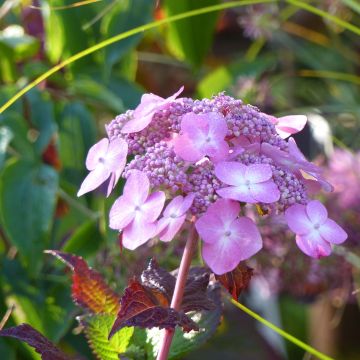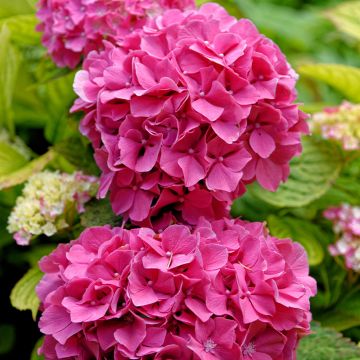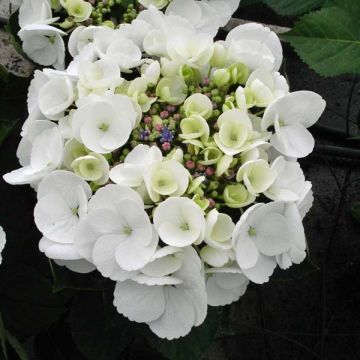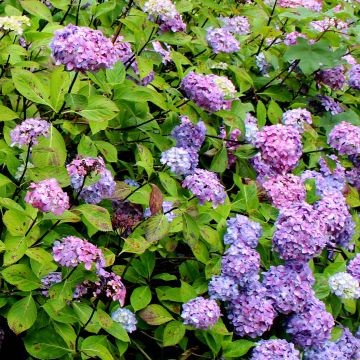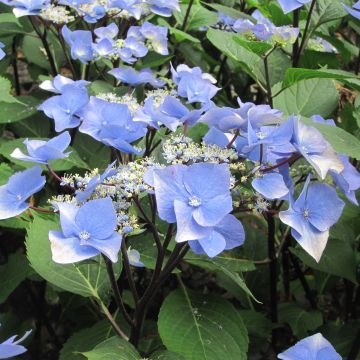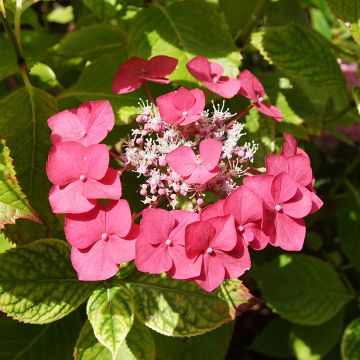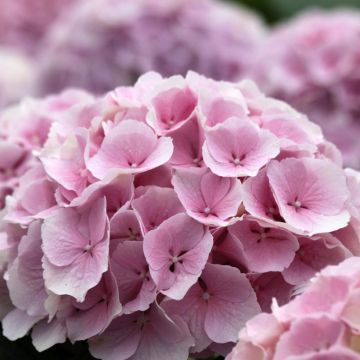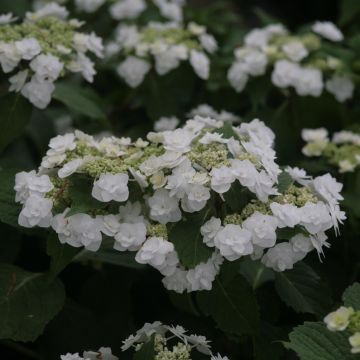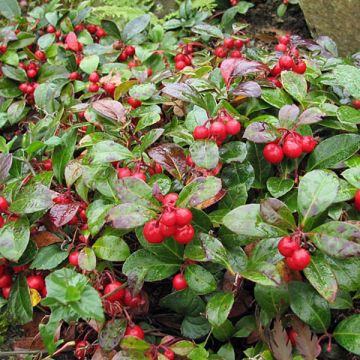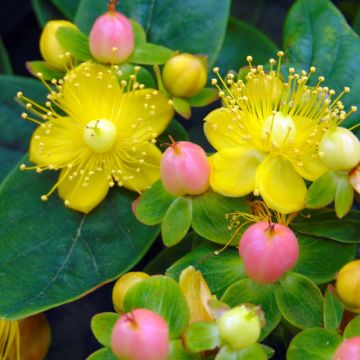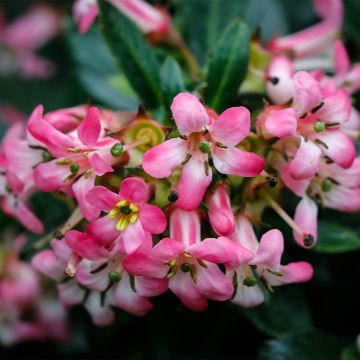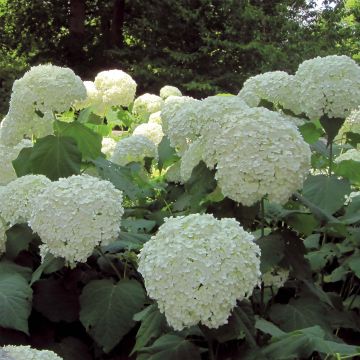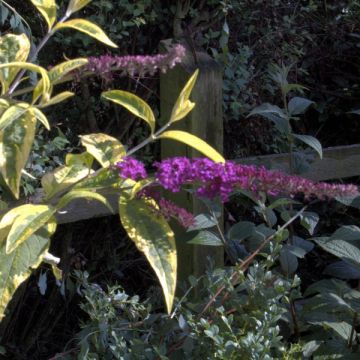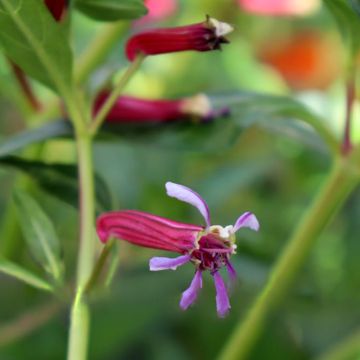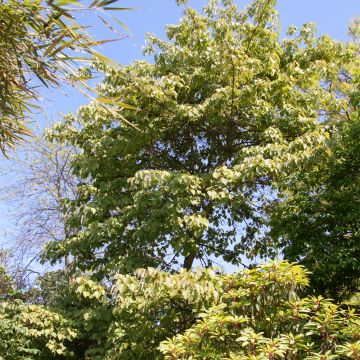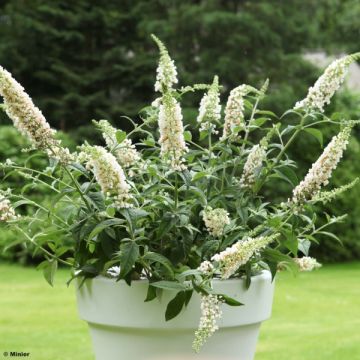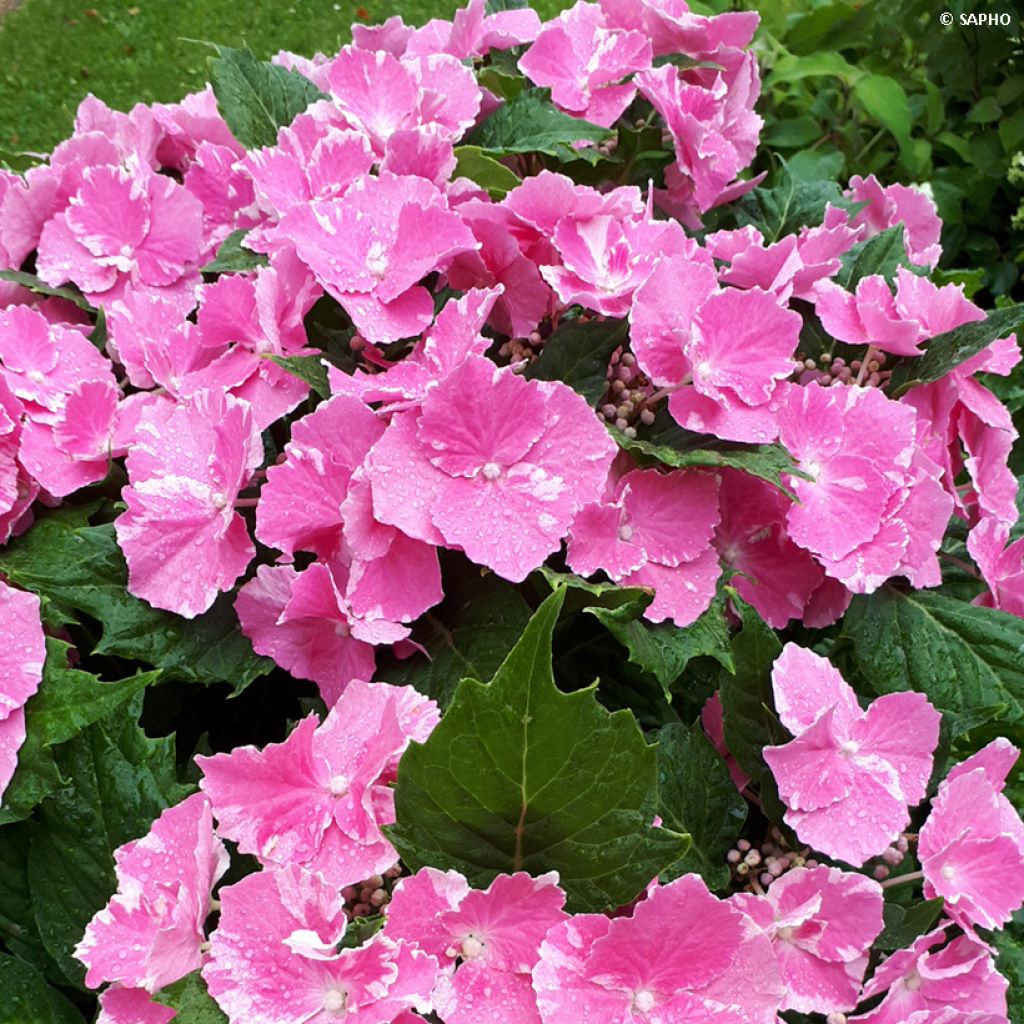

Hydrangea macrophylla So Long Starlit Sky
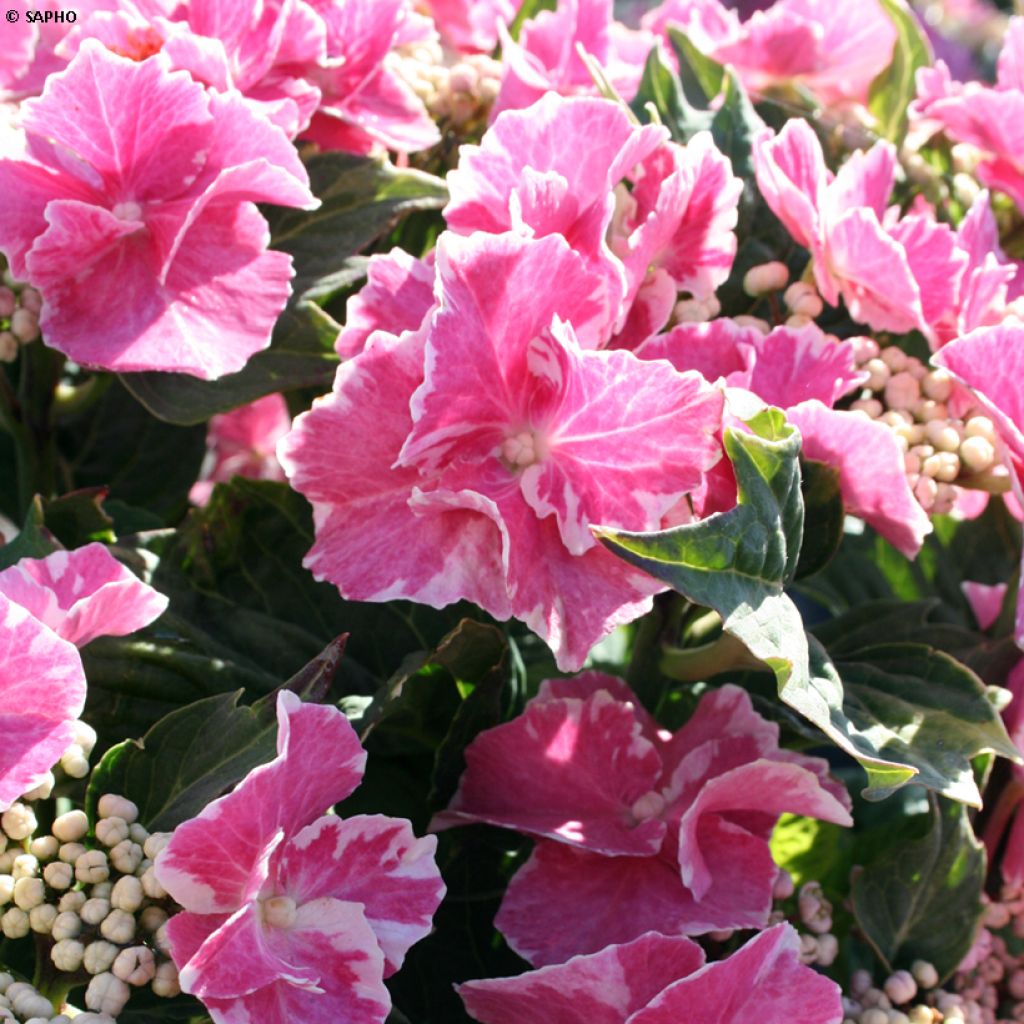

Hydrangea macrophylla So Long Starlit Sky
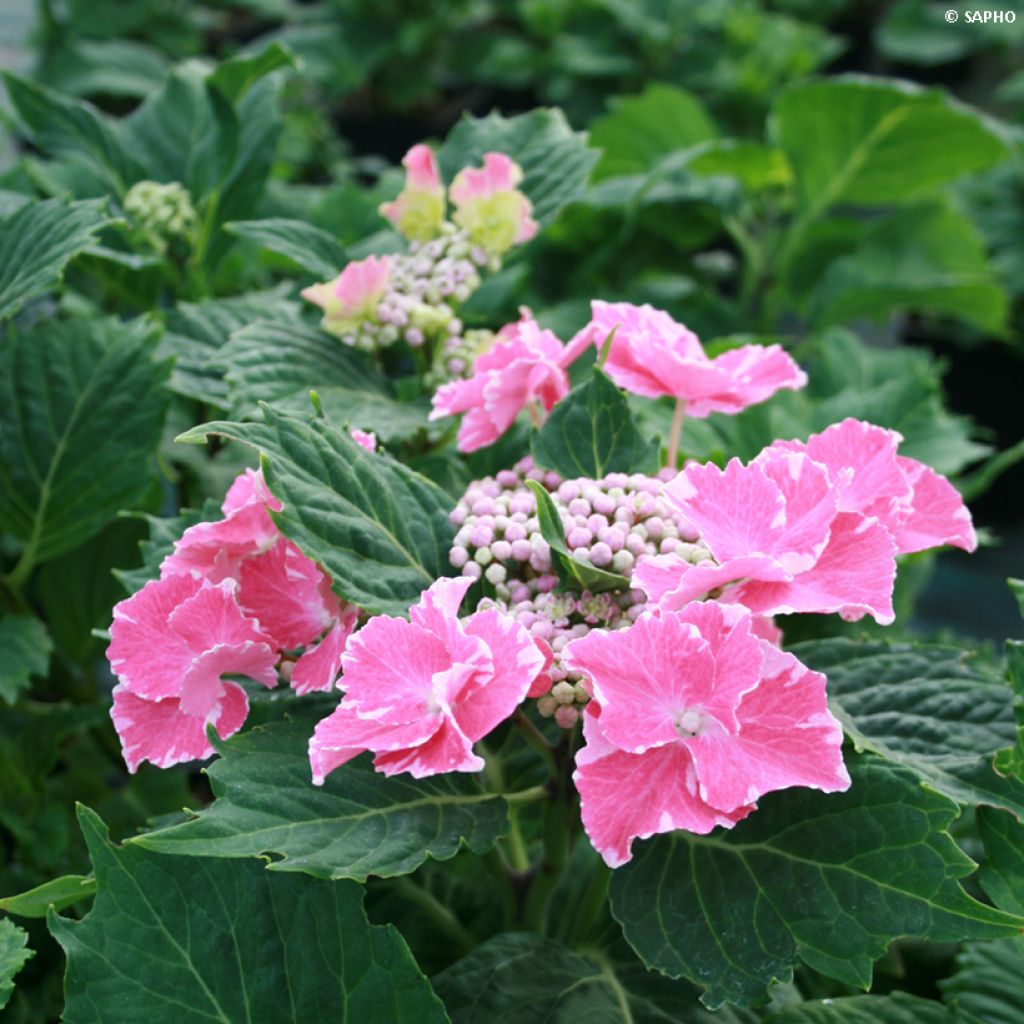

Hydrangea macrophylla So Long Starlit Sky
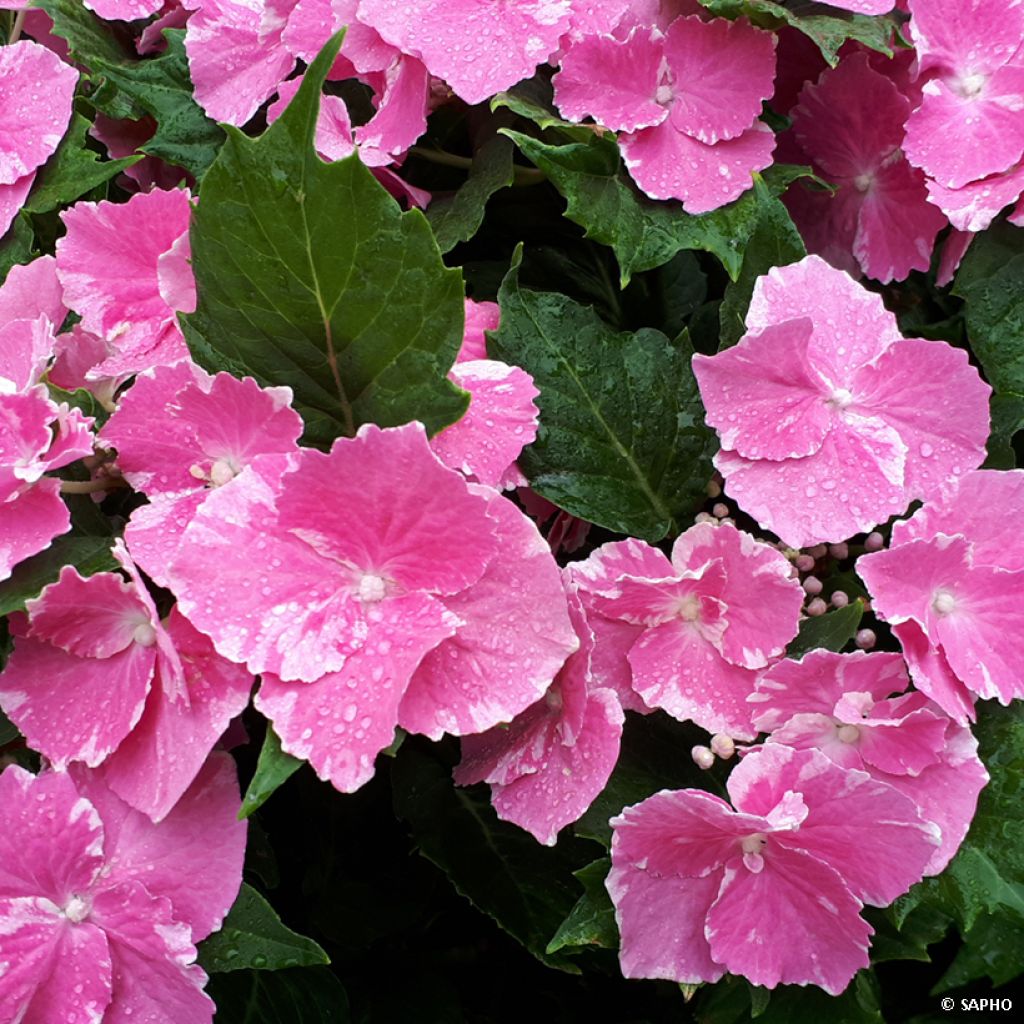

Hydrangea macrophylla So Long Starlit Sky
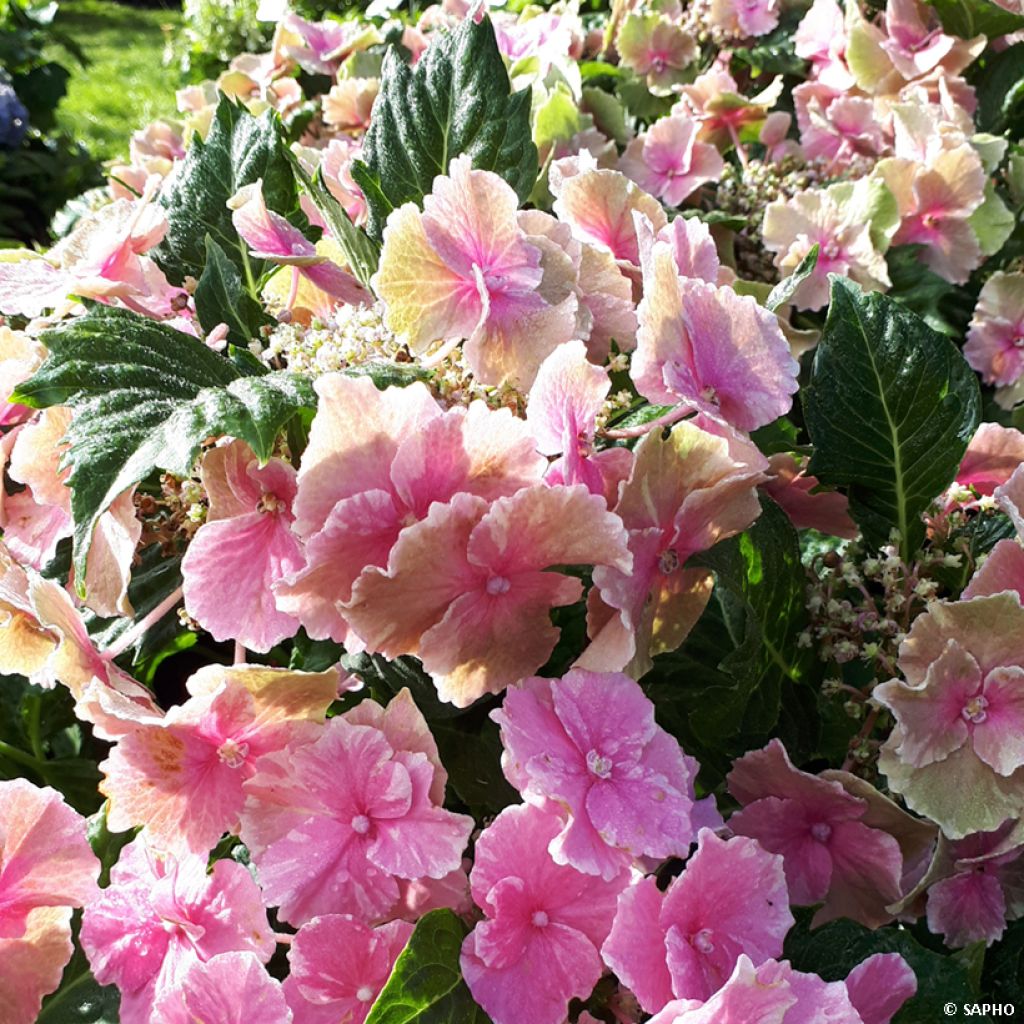

Hydrangea macrophylla So Long Starlit Sky
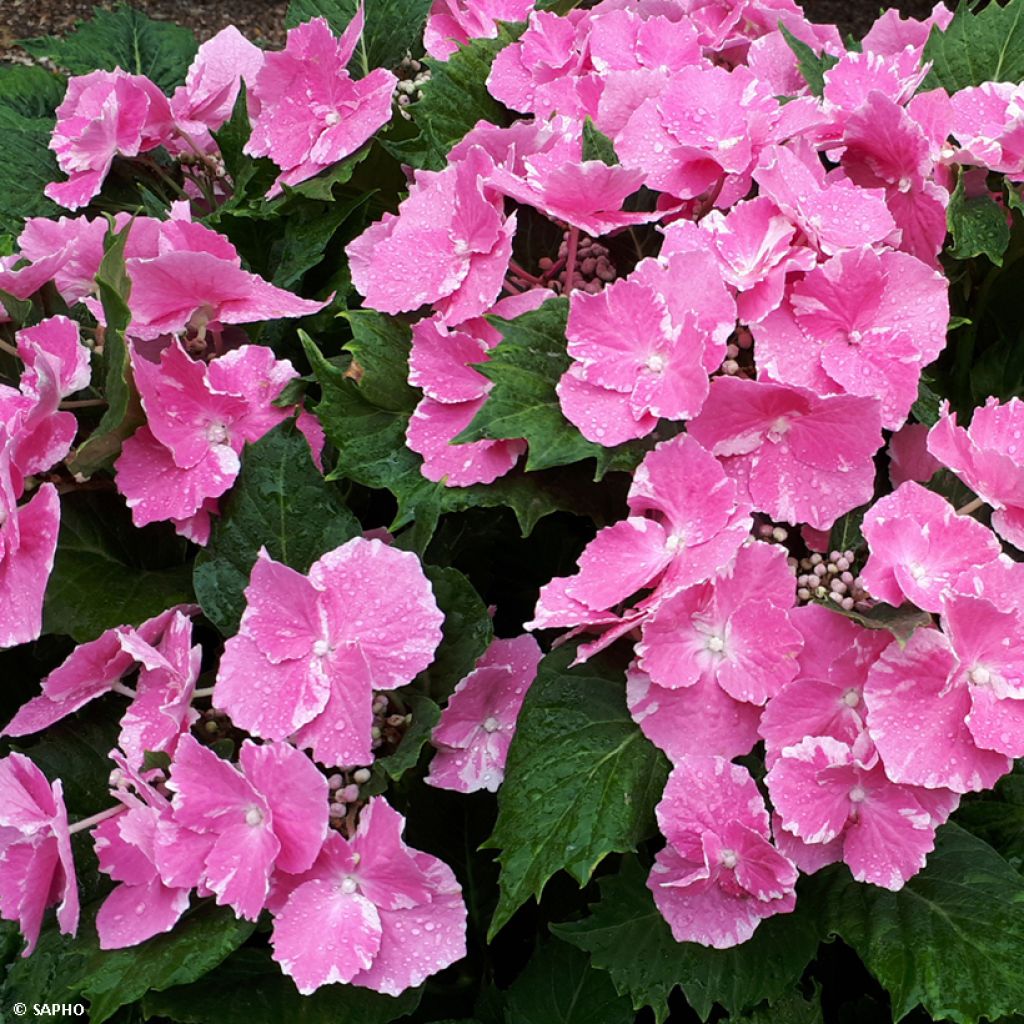

Hydrangea macrophylla So Long Starlit Sky
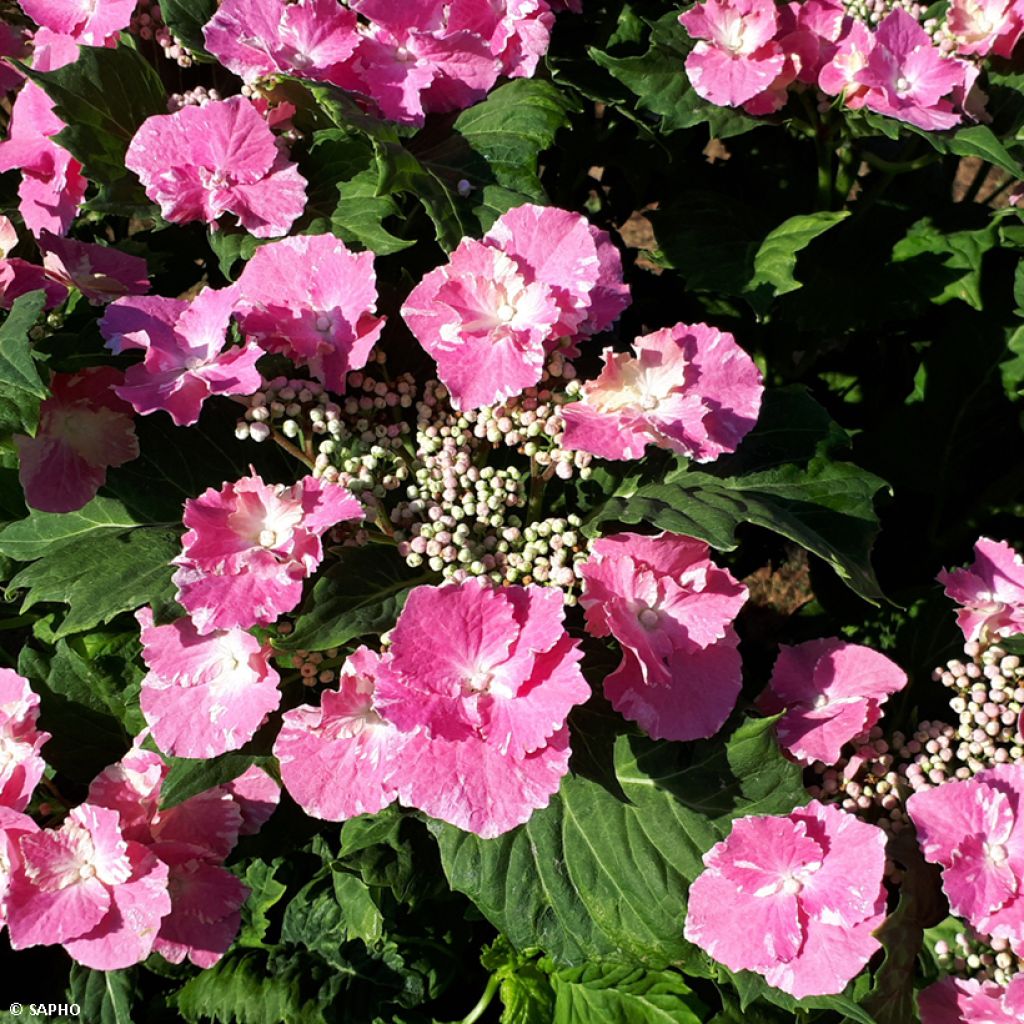

Hydrangea macrophylla So Long Starlit Sky
Hydrangea macrophylla So Long Starlit Sky
Hydrangea macrophylla So Long Starlit Sky
Bigleaf Hydrangea, French Hydrangea
This item cannot be shipped to the selected country
Delivery charge from €5.90
More information
Schedule delivery date,
and select date in basket
This plant carries a 24 months recovery warranty
More information
We guarantee the quality of our plants for a full growing cycle, and will replace at our expense any plant that fails to recover under normal climatic and planting conditions.
From €5.90 for pickup delivery and €6.90 for home delivery
Express home delivery from €8.90.
Does this plant fit my garden?
Set up your Plantfit profile →
Description
Hydrangea macrophylla So Long 'Starlit Sky' is a variety with a distinctive aesthetic. Its dark green foliage stands out at first glance due to the presence of well-marked teeth on the leaf edges. This dark background particularly highlights its unique flowering. The large flat head inflorescences are formed of fertile flowers in the centre, with stunning sterile flowers on the periphery that draw the eye with their bright pink colour marbled with white. Carried by short and robust stems, they are ideal for making bouquets. A compact bush, ideal for container cultivation and planting in a bed. Choose moist, non-limestone soil.
Hydrangea macrophylla is a deciduous bush, native to Japan, where its beauty has been appreciated for centuries, and mentioned in poems dating back to the 8th century! Festivals are even dedicated to this bush. It is found spontaneously on the island of Honshu (home to the capital, Tokyo), and it was introduced to Europe around 1789. It is a member of the Hydrangeaceae family, like deutzia or philadelphus.
Hydrangea macrophylla So Long 'Starlit Sky' is a variety of the So Long series, recently obtained in Japan by Yasuhiro Takahashi. Acclaimed by the public from its launch in France in 2021, this bush received the Merit Award 2021 from the international jury of the Chantilly Plant Days. Resulting from the cross-breeding of Hydrangea macrophylla and H. aspera, it shines with its originality and elegantly renews the genus, both in its foliage and its flowering. Emitting short, solid stems, this hydrangea remains compact, thus forming a rounded dome of about 80cm to 1m (32in to 3ft) in all directions. The leaves have an atypical appearance, with their marked and quite irregular dentition, very different from the majority of other varieties with small teeth neatly aligned around the lamina. Dark green, opposite in pairs, they are also slightly undulate, and constitute a dark green mass ideal for magnifying the already very bright flowering.
The flat-head inflorescences, about 20cm (8in) in diameter, are structured almost horizontally. The heart is occupied by small size sterile cream flowers, tightly packed against each other. They are encircled on the periphery by large, slightly crinkled, sterile florets, in a bright pink colour. The pink is marbled with white, mainly on the edge, but also more randomly and sometimes near the centre. These flowers, whose shape vaguely evokes that of certain begonias, bloom all summer, from July to September-October, and curiously turn green just before wilting. Take a few stems to make pretty dry bouquets at home and thus prolong the pleasure of this flowering.
Hardy down to at least -15°C (5°F), 'Starlit Sky' makes magnificent flowering pots when planted in a decorative container. A beautiful ornate terracotta pot, in the Italian style, will further enhance the romantic charm of this extraordinary bush. In the garden, plant at the edge of a bed, under the light shade of taller plants. It will accompany spring-flowering bushes in a mixed bed. For a unique look, plant 'Starlit Sky' with Corylopsis pauciflora, a rare bush that produces a delicate fragrant yellow flowering early in the season, even before the leaves appear. These leaves, which turn yellow in autumn, will contrast strongly with the dark green foliage of our hydrangea. Viburnum carlesii 'Aurora' will then ensure the transition with its white flowering in round bouquets with a sweet fragrance, while its foliage will take a beautiful yellow-orange colour in autumn.
Report an error about the product description
Hydrangea macrophylla So Long Starlit Sky in pictures
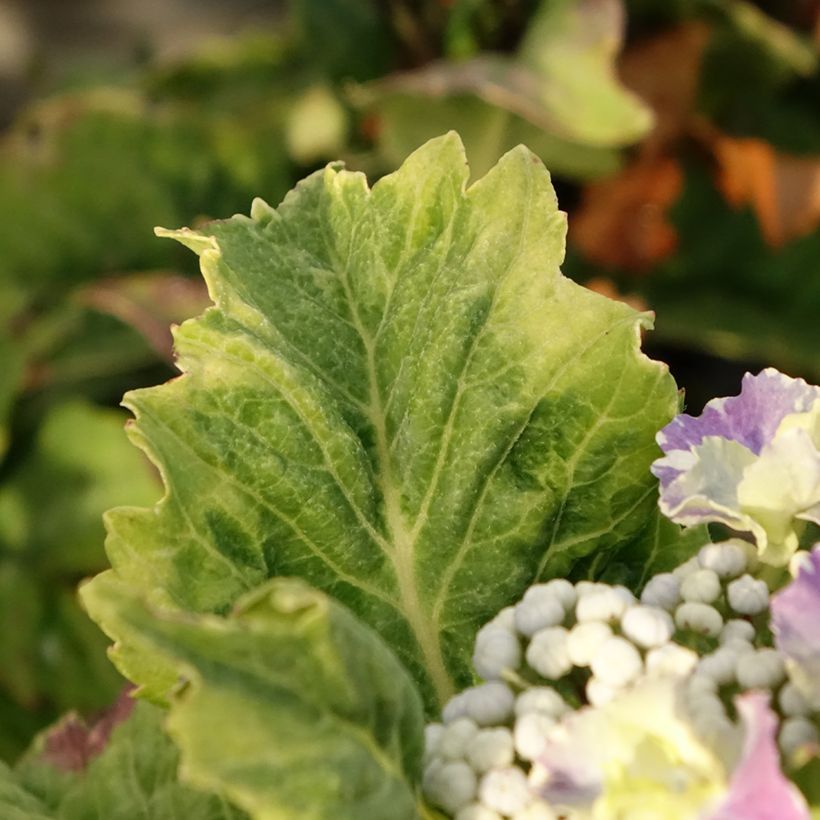

Plant habit
Flowering
Foliage
Botanical data
Hydrangea
macrophylla
So Long Starlit Sky
Hydrangeaceae
Bigleaf Hydrangea, French Hydrangea
Cultivar or hybrid
Other Hydrangea Macrophylla
Planting and care
Plant in spring or early autumn, preferably in a semi-shaded position, for example against an east-facing, or even north-facing wall. It does not require ericaceous soil, but appreciates deep, moist but well-drained, fairly fertile soil, possibly enriched with a good base fertiliser before planting. If planting near a wall and the soil is dry at its base, place the root ball at least 30 to 40cm (12 to 16in) away from it and incorporate a quantity of well-decomposed compost to better retain moisture in the soil. Soak the root ball for a quarter of an hour in a bucket before putting it in the ground, then water abundantly.
Planting period
Intended location
Care
This item has not been reviewed yet - be the first to leave a review about it.
Summer-flowering shrubs
Haven't found what you were looking for?
Hardiness is the lowest winter temperature a plant can endure without suffering serious damage or even dying. However, hardiness is affected by location (a sheltered area, such as a patio), protection (winter cover) and soil type (hardiness is improved by well-drained soil).

Photo Sharing Terms & Conditions
In order to encourage gardeners to interact and share their experiences, Promesse de fleurs offers various media enabling content to be uploaded onto its Site - in particular via the ‘Photo sharing’ module.
The User agrees to refrain from:
- Posting any content that is illegal, prejudicial, insulting, racist, inciteful to hatred, revisionist, contrary to public decency, that infringes on privacy or on the privacy rights of third parties, in particular the publicity rights of persons and goods, intellectual property rights, or the right to privacy.
- Submitting content on behalf of a third party;
- Impersonate the identity of a third party and/or publish any personal information about a third party;
In general, the User undertakes to refrain from any unethical behaviour.
All Content (in particular text, comments, files, images, photos, videos, creative works, etc.), which may be subject to property or intellectual property rights, image or other private rights, shall remain the property of the User, subject to the limited rights granted by the terms of the licence granted by Promesse de fleurs as stated below. Users are at liberty to publish or not to publish such Content on the Site, notably via the ‘Photo Sharing’ facility, and accept that this Content shall be made public and freely accessible, notably on the Internet.
Users further acknowledge, undertake to have ,and guarantee that they hold all necessary rights and permissions to publish such material on the Site, in particular with regard to the legislation in force pertaining to any privacy, property, intellectual property, image, or contractual rights, or rights of any other nature. By publishing such Content on the Site, Users acknowledge accepting full liability as publishers of the Content within the meaning of the law, and grant Promesse de fleurs, free of charge, an inclusive, worldwide licence for the said Content for the entire duration of its publication, including all reproduction, representation, up/downloading, displaying, performing, transmission, and storage rights.
Users also grant permission for their name to be linked to the Content and accept that this link may not always be made available.
By engaging in posting material, Users consent to their Content becoming automatically accessible on the Internet, in particular on other sites and/or blogs and/or web pages of the Promesse de fleurs site, including in particular social pages and the Promesse de fleurs catalogue.
Users may secure the removal of entrusted content free of charge by issuing a simple request via our contact form.
The flowering period indicated on our website applies to countries and regions located in USDA zone 8 (France, the United Kingdom, Ireland, the Netherlands, etc.)
It will vary according to where you live:
- In zones 9 to 10 (Italy, Spain, Greece, etc.), flowering will occur about 2 to 4 weeks earlier.
- In zones 6 to 7 (Germany, Poland, Slovenia, and lower mountainous regions), flowering will be delayed by 2 to 3 weeks.
- In zone 5 (Central Europe, Scandinavia), blooming will be delayed by 3 to 5 weeks.
In temperate climates, pruning of spring-flowering shrubs (forsythia, spireas, etc.) should be done just after flowering.
Pruning of summer-flowering shrubs (Indian Lilac, Perovskia, etc.) can be done in winter or spring.
In cold regions as well as with frost-sensitive plants, avoid pruning too early when severe frosts may still occur.
The planting period indicated on our website applies to countries and regions located in USDA zone 8 (France, United Kingdom, Ireland, Netherlands).
It will vary according to where you live:
- In Mediterranean zones (Marseille, Madrid, Milan, etc.), autumn and winter are the best planting periods.
- In continental zones (Strasbourg, Munich, Vienna, etc.), delay planting by 2 to 3 weeks in spring and bring it forward by 2 to 4 weeks in autumn.
- In mountainous regions (the Alps, Pyrenees, Carpathians, etc.), it is best to plant in late spring (May-June) or late summer (August-September).
The harvesting period indicated on our website applies to countries and regions in USDA zone 8 (France, England, Ireland, the Netherlands).
In colder areas (Scandinavia, Poland, Austria...) fruit and vegetable harvests are likely to be delayed by 3-4 weeks.
In warmer areas (Italy, Spain, Greece, etc.), harvesting will probably take place earlier, depending on weather conditions.
The sowing periods indicated on our website apply to countries and regions within USDA Zone 8 (France, UK, Ireland, Netherlands).
In colder areas (Scandinavia, Poland, Austria...), delay any outdoor sowing by 3-4 weeks, or sow under glass.
In warmer climes (Italy, Spain, Greece, etc.), bring outdoor sowing forward by a few weeks.

































